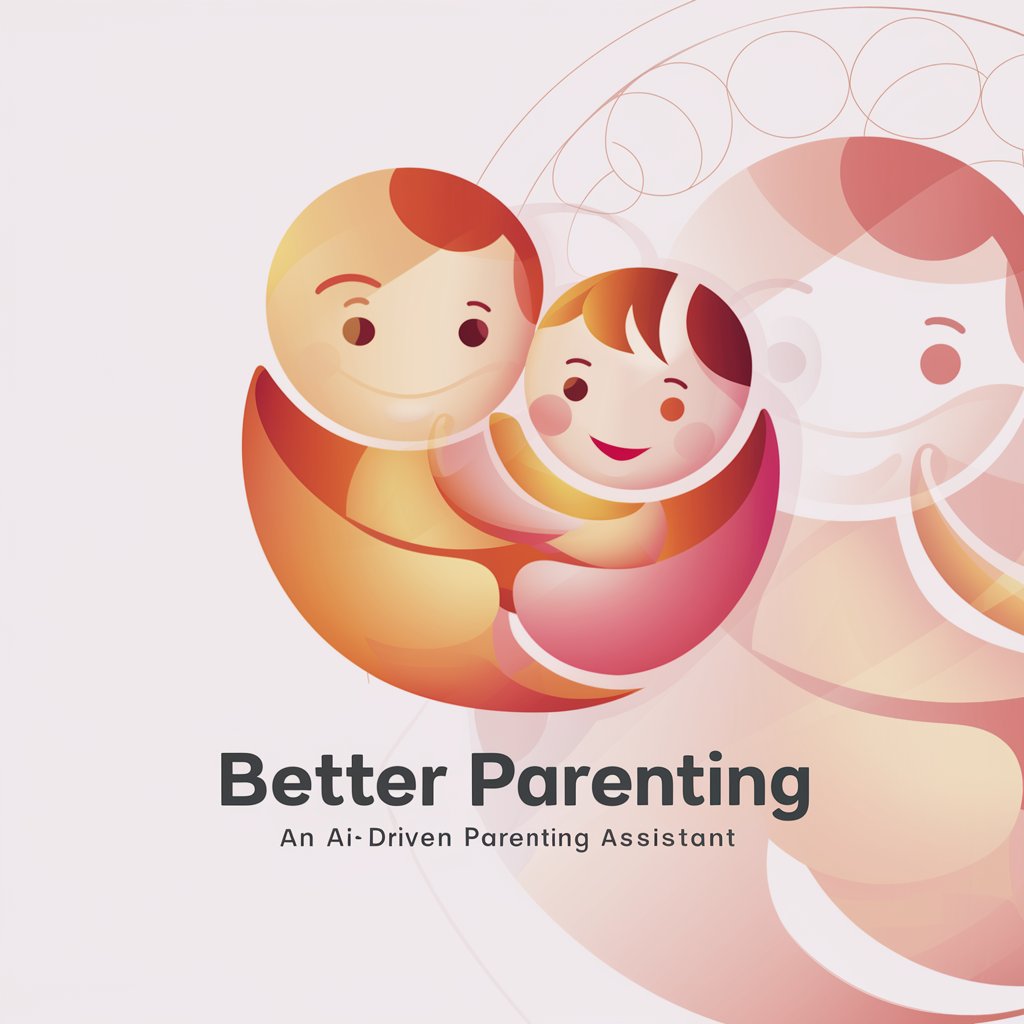
Why You Should Divorce Proof Your Children - Guide to Shielding Kids in Divorce

Welcome! Let's work together to protect your children's well-being during divorce.
Safeguard your child's heart with AI wisdom.
How can parents ensure their children feel loved during a divorce?
What are the best ways to communicate with children about divorce?
How should parents handle their emotions to prevent affecting their children?
What are effective co-parenting strategies during and after a divorce?
Get Embed Code
Introduction to 'Why You Should Divorce Proof Your Children'
This book emphasizes protecting children from the trauma of their parents' divorce, advocating for a nurturing and supportive environment during and after the separation process. Through real-world scenarios, such as a father navigating custody challenges, it offers advice to avoid using children as pawns in divorce disputes. The book's purpose is to safeguard the emotional well-being of children by encouraging amicable co-parenting and shielding them from parental conflicts. Powered by ChatGPT-4o。

Main Functions of 'Why You Should Divorce Proof Your Children'
Emotional Support and Guidance
Example
The book offers strategies to manage emotional struggles faced by children, exemplified by a narrative of a father ensuring his children are reassured of his love despite the separation.
Scenario
A scenario where a parent uses the book’s advice to create a loving and stable environment during the divorce process, minimizing the children's exposure to conflict.
Co-Parenting Strategies
Example
It provides methods for effective co-parenting, such as respecting the other parent and maintaining a unified front for the children's sake.
Scenario
Parents apply these strategies to manage shared custody schedules harmoniously and communicate effectively about the children’s needs and activities.
Legal and Emotional Boundaries
Example
The book discourages the use of children as messengers or tools within legal disputes, offering alternatives to keep parental issues separate from children’s interactions.
Scenario
A mother uses the guidance to refrain from discussing court details or disparaging her ex-spouse in front of the children, focusing instead on their emotional needs.
Ideal Users of 'Why You Should Divorce Proof Your Children'
Divorcing or Divorced Parents
Parents who are navigating the process of divorce and seek to minimize its impact on their children would find the book’s insights particularly beneficial.
Family Counselors and Therapists
Professionals assisting families through transitions of divorce can use the book as a resource to provide better support and strategies to clients, especially those with children.
Legal Professionals
Attorneys and mediators working in family law might recommend this book to clients as part of a strategy to encourage healthier familial arrangements post-divorce.

How to Use 'Why You Should Divorce Proof Your Children'
Step 1
Visit yeschat.ai to access a free trial, no signup or ChatGPT Plus required.
Step 2
Read the introductory sections of the book to understand its purpose and the context of the advice provided.
Step 3
Implement strategies from the book such as 'Protecting Your Children through the Divorce Process' and 'Encouraging Healthy Co-Parenting' to shield children from divorce-related conflicts.
Step 4
Apply the communication techniques outlined in the book when discussing the divorce with your children, ensuring they understand they are not to blame.
Step 5
Regularly review your parenting approach and adjust strategies as your children age and their needs change.
Try other advanced and practical GPTs
SEO Sage
AI-driven SEO Enhancer

ACACIA Code Learning
Elevate Your Coding Skills with AI

The Umbral Choir2
Empower your code with AI

HyperNovaANL
Delving Deep with AI-Powered Analysis

HyperNovaALG
Learn, Create, Solve — Powered by AI

HyperNovaNIC
Empowering Network Intelligence

IOSGenius
Revolutionizing Cisco Networking with AI

Anthus Assistant
Empowering software innovation with AI.

Pawn Generator 2.5
Craft Your RPG Characters with AI

The Sustainability Droid
Empowering sustainable decisions with AI

Creed Bot
Harness the Power of Creed's Inspiration

Assasins Creed Lore Expert
Unlock the secrets of Assassin's Creed with AI.

Frequently Asked Questions about 'Why You Should Divorce Proof Your Children'
What is the main focus of 'Why You Should Divorce Proof Your Children'?
The book focuses on ensuring that children are protected from the emotional turmoil of their parents' divorce, emphasizing that children should not be treated as pawns in marital conflicts.
How can parents shield their children from the negative impacts of divorce?
Parents can shield their children by maintaining a respectful co-parenting relationship, avoiding negative talk about each other in front of the children, and ensuring the children know they are loved and not responsible for the divorce.
What are some practical tips for co-parenting after a divorce?
Effective co-parenting involves open communication, setting consistent rules and expectations across households, and never using children as messengers or spies. Both parents should work together to maintain stability and consistency in their children's lives.
Can this book help with high-conflict divorce situations?
Yes, the book offers strategies for navigating high-conflict divorces, such as how to manage communication with an ex-spouse and how to legally and emotionally handle complex custody issues without involving the children in the dispute.
Where can I purchase 'Why You Should Divorce Proof Your Children'?
The book is available for purchase on Amazon and other retail outlets. It offers both paperback and digital formats to cater to different reading preferences.




